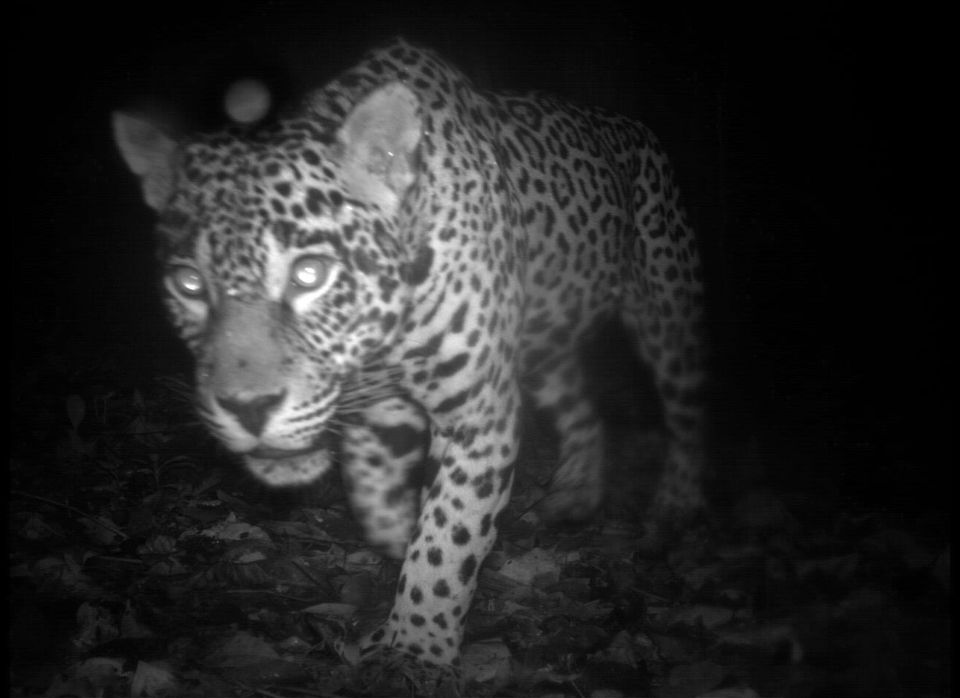Finally -- the chance to be a fly on the wall in the secret lives on animals. No film set, no circus, no desperate YouTube video. Just animals in their natural environment.
A global camera trap mammal study was recently conducted by Dr. Jorge Ahumada, ecologist with the Tropical Ecology Assessment and Monitoring Network (TEAM) and his team at Conservation International.
The study took nearly 52,000 photos of 105 species from protected areas in Brazil, Costa Rica, Indonesia, Laos, Suriname, Tanzania and Uganda.
420 cameras were used in total, placed for a month at each site.
According to a Conservation International press release, the data from the photographs has helped scientists confirm that mammals are threatened by habitat loss.
Dr. Ahumada said, “habitat destruction is slowly but surely killing our planet’s mammal diversity.”
Ahumada went on to state:
We take away two key findings from this research. First, protected areas matter: the bigger the forest they live in, the higher the number and diversity of species, body sizes and diet types. Second, some mammals seem more vulnerable to habitat loss than others: insect-eating mammals -- like anteaters, armadillos and some primates, are the first to disappear -- while other groups, like herbivores, seem to be less sensitive.
A decline in mammals could ultimately harm humans. Conservation International explains that, according to some scientists, some animals help disperse carbon-dense seeds. By removing these animals through excessive hunting, forests are less able to store carbon, making it harder for people to fight the effects of climate change.
A separate report recently suggested that despite growth in protected habitats, species diversity is plummeting.
The photos didn’t only capture animals ranging from gorillas to giant anteaters -- the candid cameras also caught poachers. Poaching threatens animals around the world, ranging from sharks to rhinos. One group found that organized crime groups have killed over 800 African rhinos in just the past three years.
The study, “Community structure and diversity of tropical mammals: data from a global camera trap network”, has been published in the journal Philosophical Transactions of the Royal Society. Cameras have how been installed in new places, with the hope of creating a systematic animal monitoring system.
In April, Conservation International celebrated two decades of its Rapid Assessment Program, which has led to the discovery of over 1,300 new species, including the "Yoda bat," "Dinospider," and "Walking shark."
